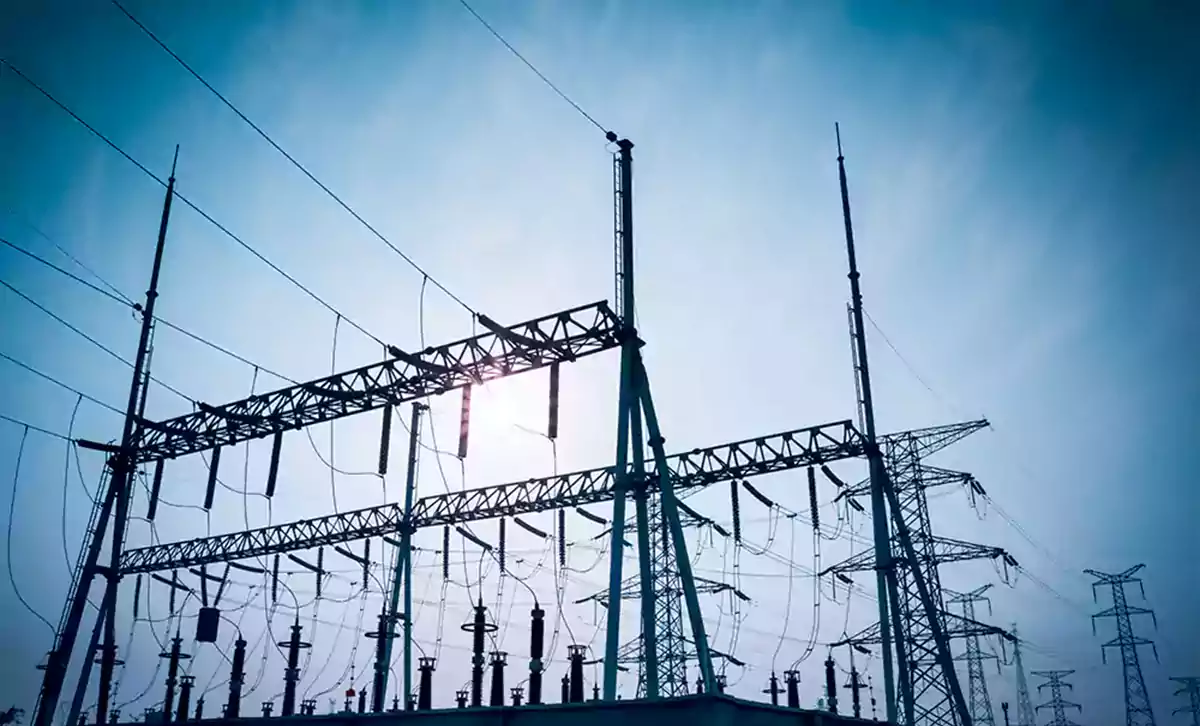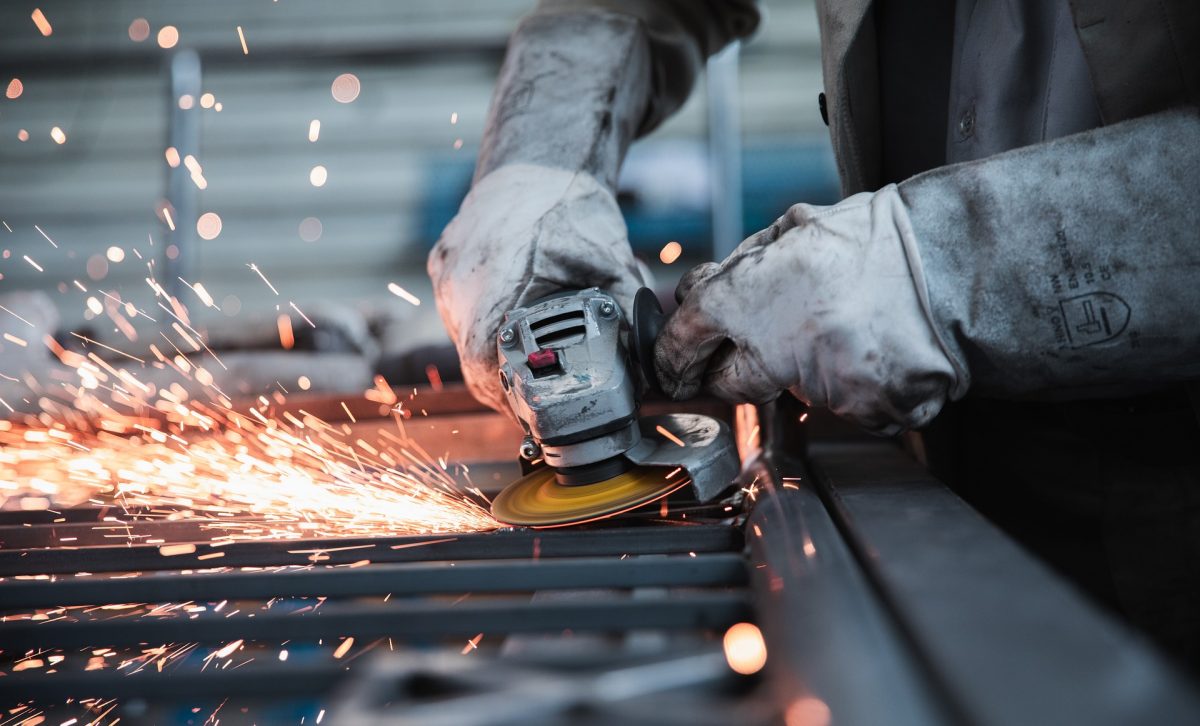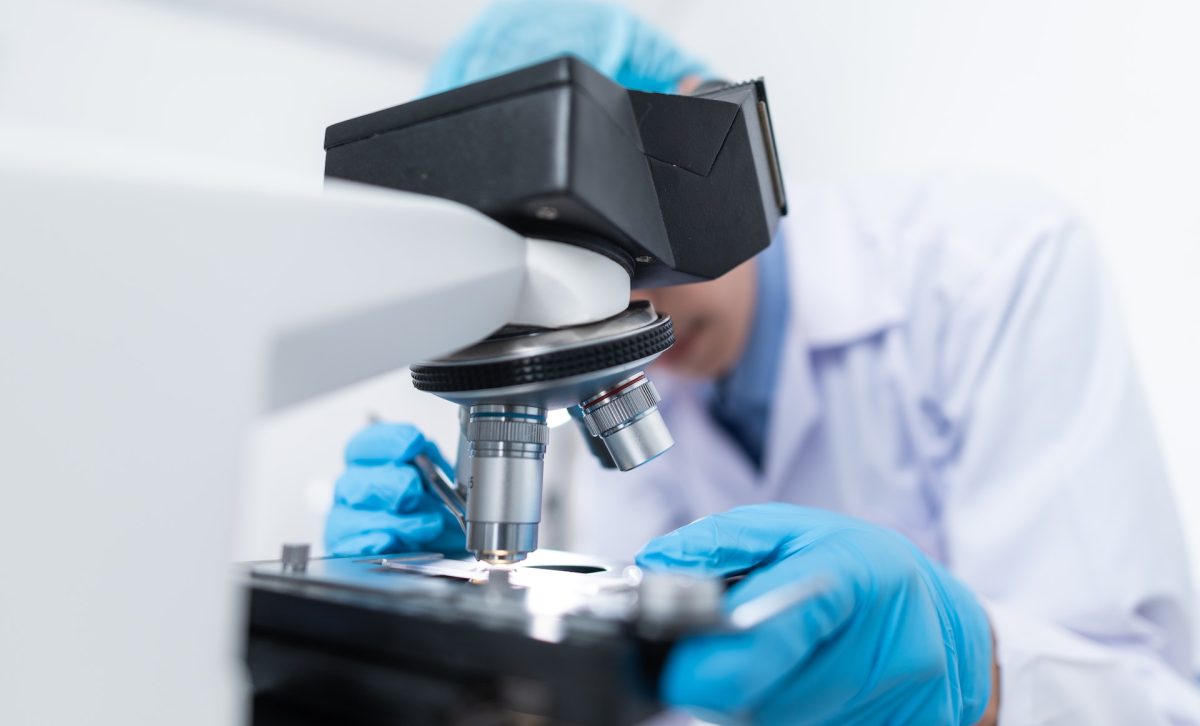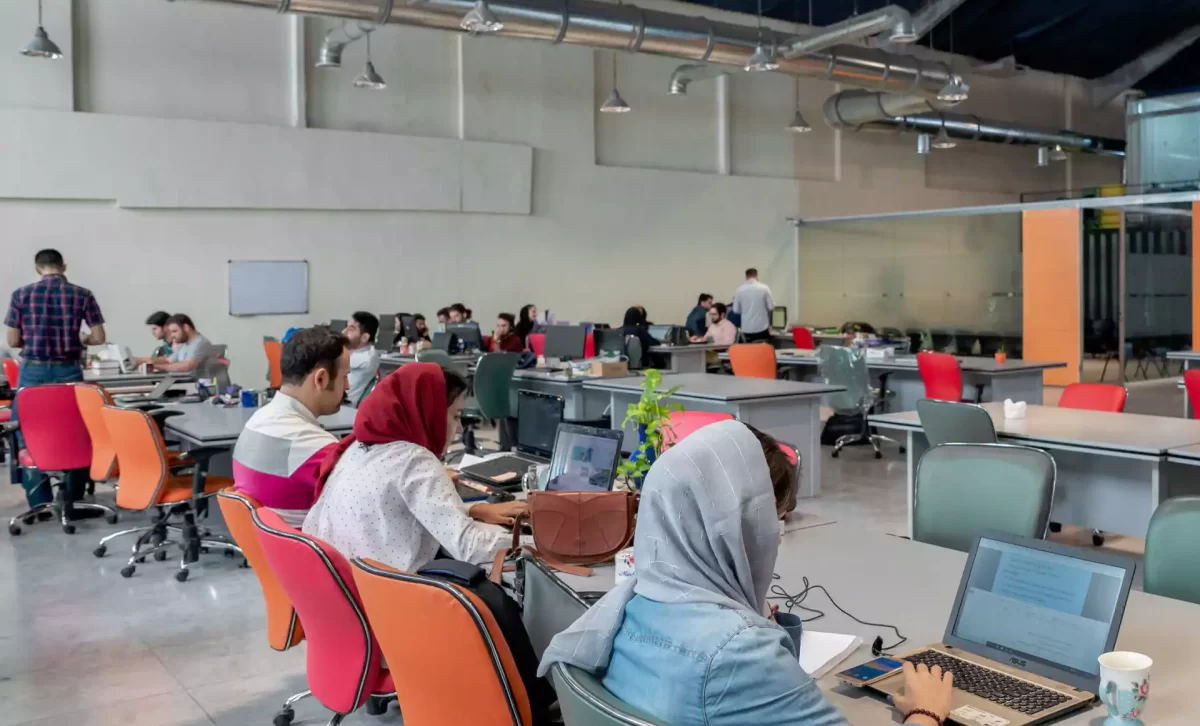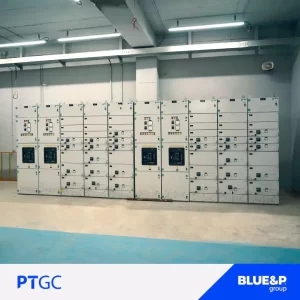One of the problems that solar energy faces are the maintenance and longevity of solar cells. Generally, solar cells should be repaired or replaced by destruction. But with the development of technologies and remarkable materials, the self-remedy ability can be attached to these panels.
The material commonly used in solar panels repairs itself if damaged. According to scientists, this feature could be vital for the future of clean energy.
This substance is called Antimony Selenide; it has known as the solar absorber. This means that it may be used to harness the sun’s energy and convert it into electricity.
A research team at York University in the UK is exploring how to use this technology to create more lasting pages of happiness; Pages that can potentially repair themselves if damaged.
One of the biggest obstacles to the advancement of solar panel technology is the reliability and life of cells. The lifespan of solar cells is currently between 25 and 30 years; so the development of this technology means repairing solar cells by themselves can be a vital breakthrough
Professor Keith Mckenna, project manager on the performance of Antimony Selenide, added: “The self-healing ability of this substance in solar cells is similar to that of a starfish.” The starfish restores its body and recovers a lost limb after losing an organ in an accident.
What is the future of solar energy?
Solar energy is a technology that governments and people seek to make widespread use of. Many governments are seeking to reduce the amount of carbon produced from fossil fuel consumption to zero. That’s why a boom in the use of renewable energy can help this process.
Researchers at the GlobalData Institute believe that space-based solar energy (SBSP) could be the key to using clean energy.
Space-based solar energy includes mirror-like reflectors mounted on satellites orbiting the earth. These reflectors focus solar energy on the solar panels, making it possible to block light.
Solar panels collect an average of 29% of energy per day, while space-based solar energy (SBSP) can reflect up to 99% of energy.
Space-based solar energy (SBSP) is currently a concept, but scientists and researchers believe it will soon become a reality.
Scientists in South Korea have recently developed the first transparent solar panel, a vital step towards using solar energy. Solar panels have traditionally been opaque due to the use of semiconductor layers, but researchers at Incheon University have made transparent panels using titanium dioxide and nickel dioxide.
Last year, with the development of double-sided panel technology, the ability to produce energy by solar panels grew by 35%.
Source: euronews.com
